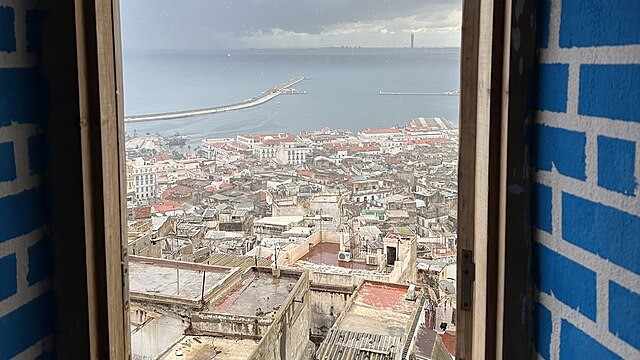Rising above the dense urban quarters of Algeria’s historic cities, the casbahs stand as enduring witnesses to centuries of change. These fortified citadels, often perched on hillsides or folded into coastal landscapes, are more than relics; they are living records of cultural exchange, architectural ingenuity, and the resilience of communities shaped by both conquest and continuity.
The Casbah of Algiers remains the most emblematic. A UNESCO World Heritage site, it unfurls in a maze of narrow alleys, hidden courtyards, and whitewashed façades that seem to catch and hold the Mediterranean light. Here, the architecture tells a layered story—Berber foundations overlaid with Arab-Islamic ornamentation, later brushed with the imprint of French colonial rule. Each tier of influence remains visible, though softened by time.
Function and form were never separate in these structures. Thick walls and shaded courtyards temper the heat, while stepped passages and elevated vantage points once served defensive needs. The design reflects an intuitive harmony with climate and terrain, revealing an understanding of environment long before sustainability became a modern watchword.
Other casbahs, such as those in Tlemcen and Oran, reveal regional distinctions. Local stone, clay, and timber shape their façades; geometric tilework and carved wood reflect the artistry of surrounding communities. In some districts, artisans continue to work much as their forebears did, using inherited techniques to repair crumbling archways or restore intricate lattice screens.
Life within the casbah has always been communal. The network of streets and terraces fostered interaction, from the exchange of goods to the passing of news. Though many residents have left for newer districts, these spaces remain central to Algeria’s cultural identity—symbols of self-reliance and shared heritage.
To walk among these walls is to sense the weight of history without the stillness of abandonment. The stones bear the marks of sieges and celebrations alike; the air carries traces of woodsmoke, salt, and the muted echo of call to prayer. In their enduring presence, the casbahs offer a rare convergence of past and present, architecture and atmosphere, memory and daily life.
Sources:
- UNESCO World Heritage Centre. Kasbah of Algiers. whc.unesco.org.
- Bouchène, Abderrahmane, et al. A History of Algeria. Cambridge University Press, 2012.
- Bennison, Amira K. Cities in the Pre-Modern Islamic World. Routledge, 2007.

